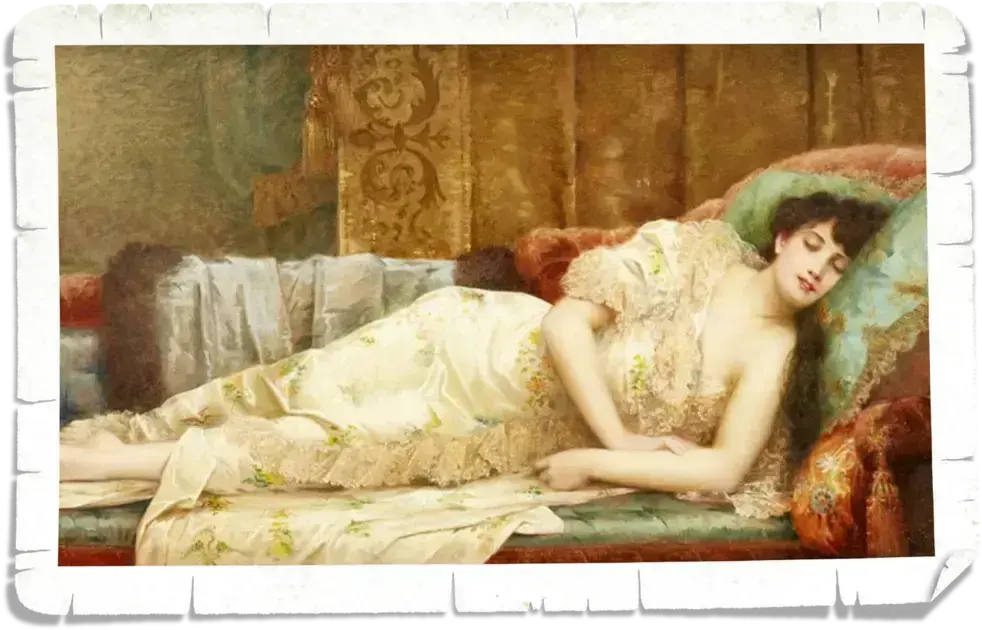Leitura: 7 minutos Unlock the world of art history—no tuition, no barriers. In this article, you’ll discover how free online art history courses are changing the game for professionals and enthusiasts alike. Stay ahead by understanding where these resources come from and how they impact your competitive edge in cultural knowledge and the creative industries.
Why Free Art History Courses Matter
Free art history online courses are democratizing access to world-class education. Top-tier universities and art institutions are making expert knowledge available to all.
- No cost barriers, making expertise accessible.
- Flexible formats fit into busy schedules.
- Global content exposes learners to varied perspectives.
In practice, this means professionals can quickly boost market intelligence and students can accelerate careers—without financial strain. The message for those hungry for competitive advantage: the playing field is open. Are you leveraging these assets to their full potential?
Where To Find Top Free Courses
The best free art history courses are offered by reputable names like Coursera, Khan Academy, and edX. The Museum of Modern Art (MoMA) and universities such as Harvard also lead in quality, market-relevant content.
- Coursera and Harvard: Deep-dive lectures and curated syllabi
- Khan Academy: Bite-sized, mobile-friendly lessons
- MoMA: Courses bridging art history and business insight
For supply chain and creative professionals, targeting courses from these providers is a smart move to stay updated with global trends. Are you strategically enrolling in the programs that strengthen your position in the market?
What Skills Can You Gain?
Free art history courses aren’t just about dates and artists. They build critical thinking, visual literacy, and deep cultural intelligence.
- Analyzing complex visual data—valuable in marketing and design
- Understanding global context for risk management in creative projects
- Sharpening cross-cultural communication in international ventures
On the ground, this means improved performance in negotiations, trend analysis, and project management. Which of these strategic advantages are you missing out on?
Key Market Trends For 2024
The demand for free art history knowledge is accelerating, especially as remote work and upskilling become standard. Analytics point to an uptick in course enrollments linked to creative sector hiring boosts.
- Increased integration of AI-curated learning paths
- Micro-credentials now recognized by employers in creative supply chains
- Courses emphasizing business intelligence in art markets
Practically, this sets the stage for a workforce fluent in both technology and culture. What steps are you taking to ride this wave of opportunity?
Risks and Credibility Concerns
Not every free course offers the same value. Some content lacks rigor, proper accreditation, or current market focus. That means risk management is key when selecting where to invest your time.
- Verify institution’s reputation
- Check for recently updated curricula
- Look out for transparent instructor qualifications
For ambitious learners and leaders, this knowledge gap can be the difference between meaningful upskilling and wasted effort. How do you vet the credibility before you commit time to a course?
